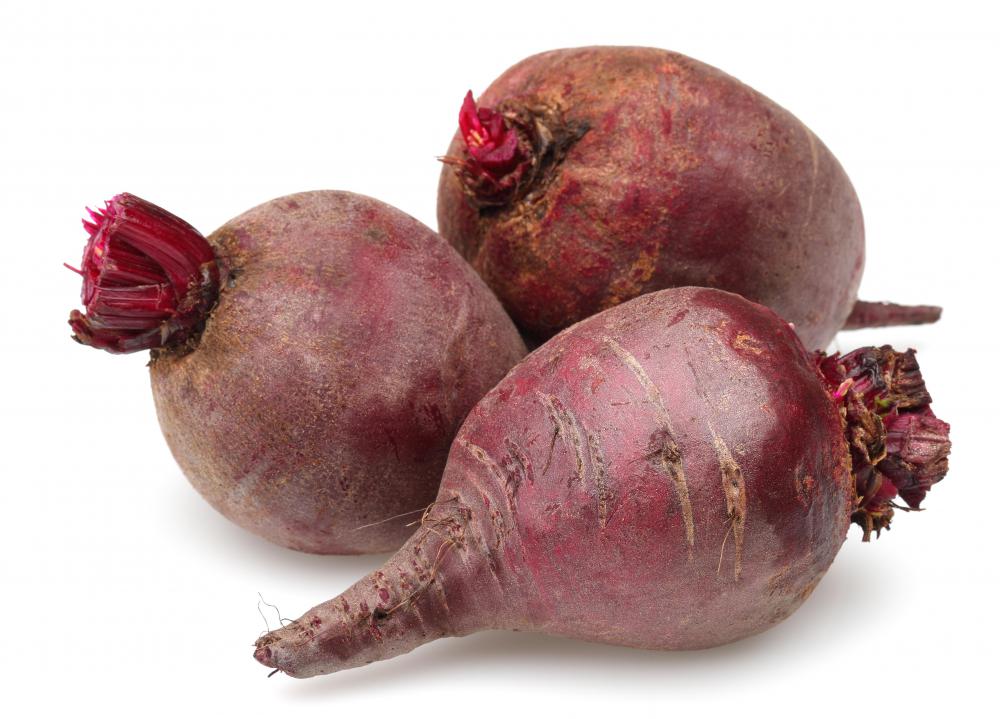At WiseGEEK, we're committed to delivering accurate, trustworthy information. Our expert-authored content is rigorously fact-checked and sourced from credible authorities. Discover how we uphold the highest standards in providing you with reliable knowledge.
What is Raphanus?
Raphanus is the name of a genus describing a group of flowering plants more commonly referred to as radishes. Individual species of radish vary dramatically, ranging in height from 4 inches (about 10 cm) to over 6 feet (about 1.8 m), with roots that vary in size and shape from the familiar small red bulb to large, conical roots like that of a parsnip or large carrot. The plant is usually grown for its edible root. Most have a peppery taste, ranging from a slight hint of spice to quite hot, depending on the type of radish. The word raphanus is most often used in a botanical context, but it is likely to be used in homeopathic or herbal remedy circles as well when describing the curative properties of the radish, as opposed to its use as a food.
The genus traces its lineage back to the charlock, raphanus raphanistrum, a wild plant native to Europe, where it grows in sandy soil. A sturdy plant, able to survive in harsh environments throughout the year, it was only natural that the radish be promoted from weed to cultivated crop in the early days of agriculture. Ancient Egyptians grew radishes as far back as 3,000 B.C., and the Chinese have been growing them since at least 500 B.C. Since then, varieties of radishes have been grown around the world.

Radishes, especially the common radish, raphanus sativus, are usually grown for their roots, but the leaves and flowers are also edible. The rat-tail radish, raphanus caudatus, is grown for its seed pods rather than its roots, which are not especially nice to eat. Other radishes, though edible by humans, are grown primarily for animal feed. Many insects are known to avoid the radish, so the plant is often grown as a natural insect repellent to protect other crops.

Black garden radishes, raphanus sativus niger, in addition to being grown for food, are also used for homeopathic treatments and herbal remedies. They have diuretic and laxative properties, and the roots, leaves, and seeds have been used to treat a number of digestive complaints like bloating, flatulence, and diarrhea, as well as being used to aid in liver and gallbladder function. As a traditional home remedy, the radish has been used for respiratory complaints as well, such as coughs and asthma. It can also be used as a poultice for bruises, burns, and foot odor. More recently, advocates claim that it has antioxidant and antibacterial properties, and name it as a source of vitamins B and C.
AS FEATURED ON:
AS FEATURED ON:














Discuss this Article
Post your comments